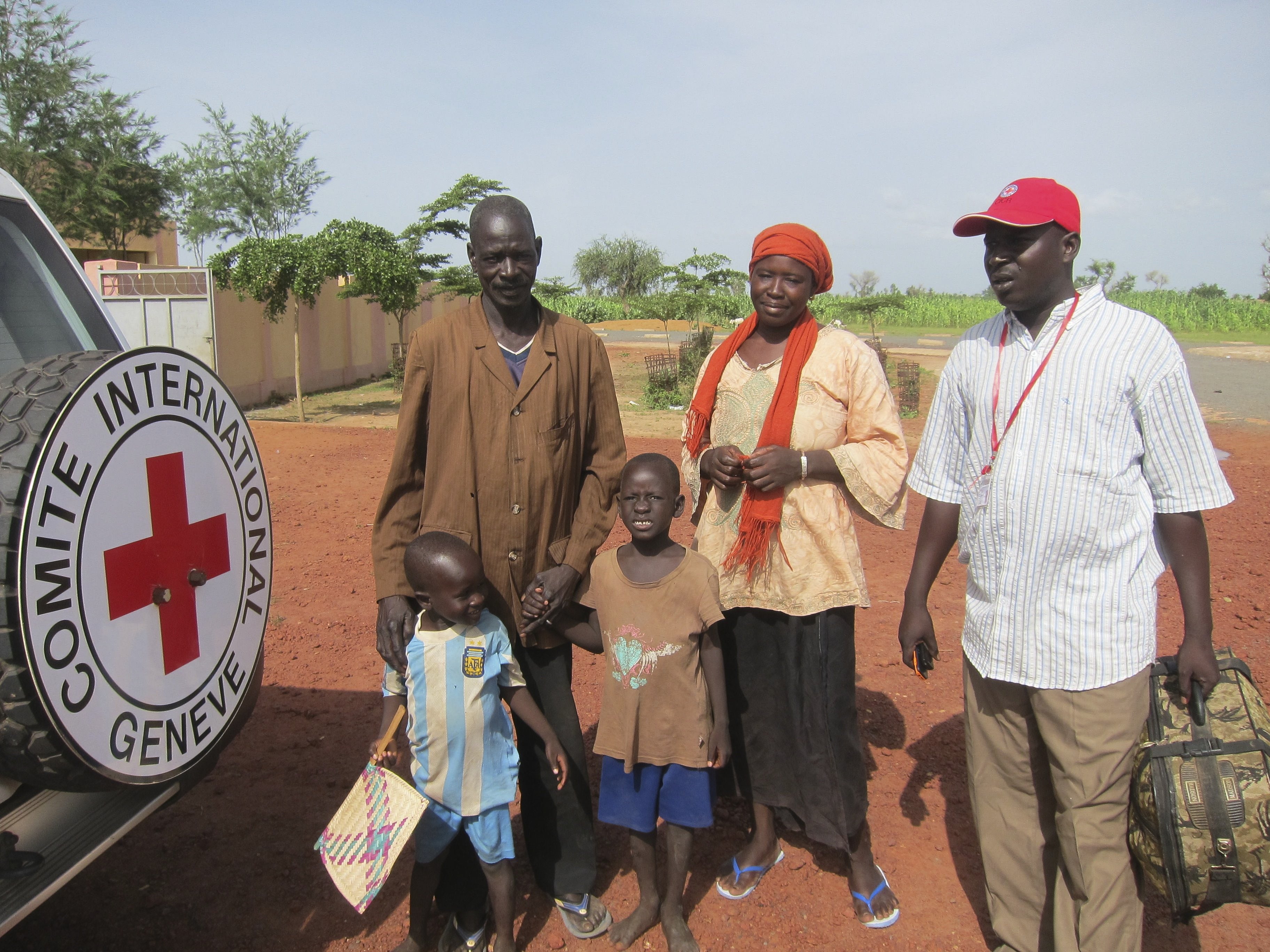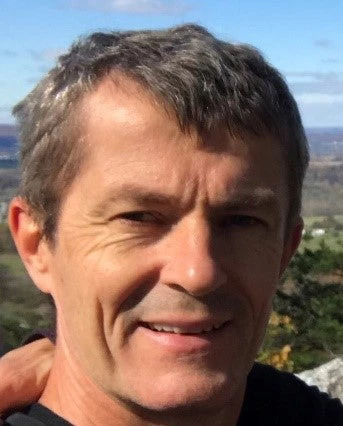
Branding by development agencies seems innocent. Potentially it is even useful, for instance when it helps convince tax payers that their money is being put to good use. Whatever the merits of branding, there are also instances where it backfires, as it has in Mali.
Ensuring service delivery is not easy in north Mali, which is far from secure following the early 2012 secessionist rebellion and despite the peace accord signed in May/June 2015. Without army protection, most parts of the north, especially Kidal, remain inaccessible to those working for the central and local government. Armed bandits are active, and improvised explosion device (IED) explosions, as well as violent attacks on the MINUSMA peacekeeping forces, occur regularly. Creative solutions to deal with this have been found, including project execution by third parties – often international non-governmental organizations (NGOs.)
Unfortunately, these agencies brand the publicly-financed services as their own. As a consequence, only 2% of those who received fertilizer to boost their agricultural production (25% of households) mention the government as their benefactor. So even while service delivery improves and the government pays for the delivery of the service, trust in the government remains low, as the role of the government in service delivery is not recognized.
To monitor progress of the government’s return to the north, the World Bank has teamed up with a local survey firm, GISSE, to carry out monthly surveys. These surveys provide a rich downloadable database which has been used to identify the most pressing needs of the northern population. The data have also shown that in certain regions, Kidal in particular, trust in the government is low. Only 2% of respondents express a lot of confidence in the government, compared to 40-47% in Tombouctou and Gao. As the rebellion started in Kidal, it seems critical for the durability of peace that this changes. One way to achieve this is if the government is recognized as the agency that ensures the delivery of services.
In Northern Mali, branding by development agencies definitely needs to be reconsidered and where justified, the Government of Mali needs to be identified as behind the delivery of services. At the same time, awareness about how the government is helping needs to increase. Through its citizen engagement, the Mali country team of the World Bank is doing just that.


Join the Conversation